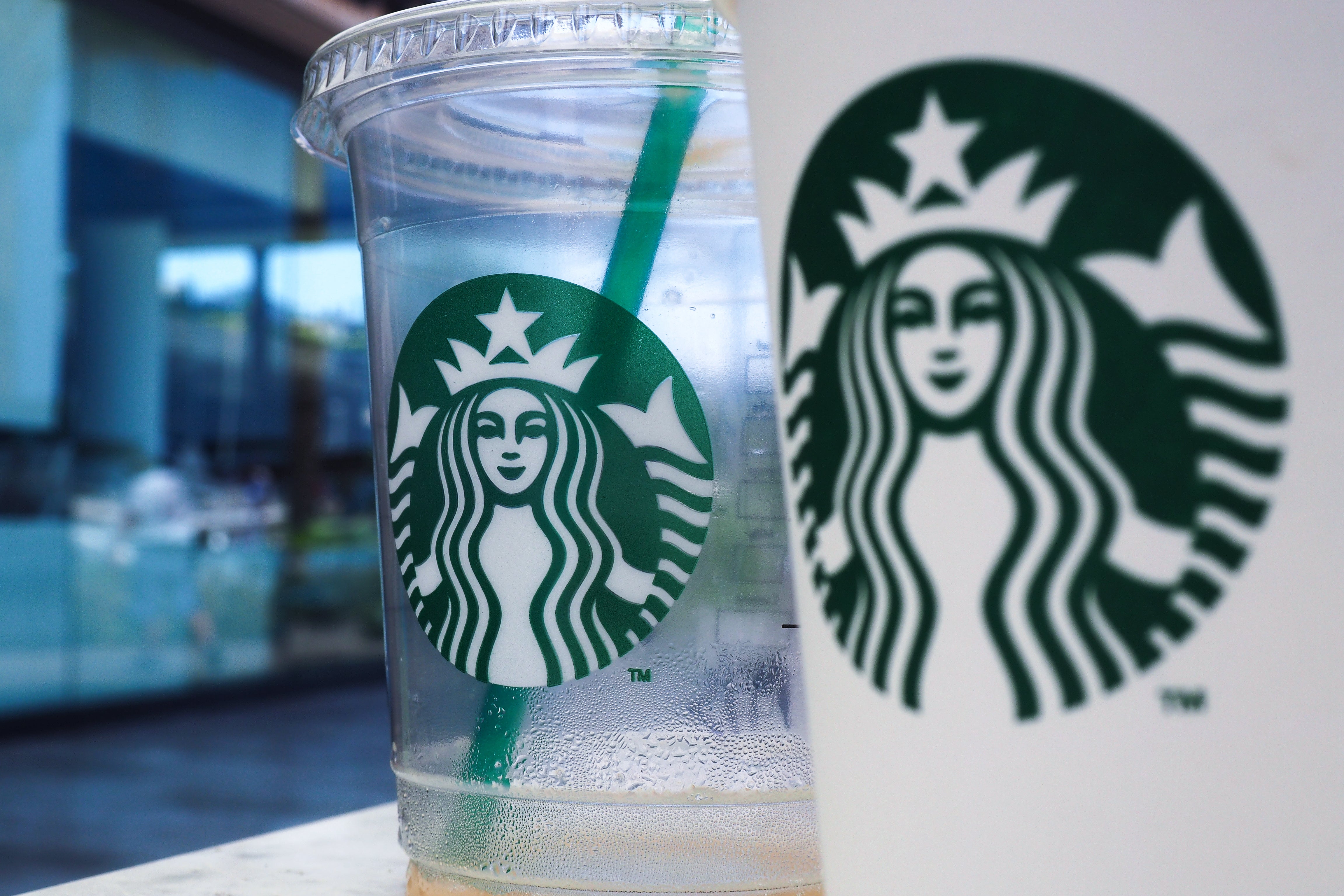
Starbucks has released its new plan towards eliminating single-use cups and encouraging customers to use reusable cups to help prevent waste.
On 15 March, Starbucks announced that it has been testing new technologies to help eliminate waste sent to landfill from its stores and operation sites, by gradually shifting away from single-use plastics. The company is also promoting reusability in the process.
“Innovation is how we will build our next chapter, advance our planet’s positive impact, and boldly reimagine our future together,” Michael Kobori, Starbucks chief sustainability officer, said in a press release.
The company’s goal is to create a “cultural movement” by 2025 where customers can easily access their personal or Starbucks provided reusable cups during each visit to the store.
By the end of 2023, customers will have the opportunity to use their own cups at every Starbucks store in the United States and Canada. They will also be able to do this a Starbucks’ drive-thru or when placing an order on the chain’s mobile app.
Multiple operating models have been in the works to make reusable cups more convenient for customers. For example, the company has created the “Borrow A Cup” program, where customers order their drinks in a Starbucks reusable cup. The cup would then be returned to one of the stores, be “professionally cleaned,” and then “reused by other Starbucks customers.”
In another program called the “100 per cent Reusable Operating Models,” single-use plastics cups are eliminated entirely. When four Starbucks stores in Jeju, South Korea tested this method, “an estimated 200,000 disposable cups” were diverted “from landfills in the first three months.”
Kim Davis, store manager at Starbucks, has worked at one of the first stores in the US that tested the “Borrow a Cup” program.
“Customers were just so excited to try something new and my partners had a lot of pride in testing it and giving that feedback to make the program even better.” Davis said. “I do think that everyone really does want to contribute to a better world, and if we can help them do that one cup at a time, that is our mission right there.”

The company will also be offering incentives to its customers. For example, one financial test, that will be launched in the US, gives customers either 10 cent fee for a single-use cup or a fifty cent discount if they brought a reusable cup.
One “customer experience upgrade” being tested is washing stations in stores for personal cups. The company is will test these stations at cafes in O’hau, Hawaii, and at Arizona State University’s campus.
According to Amelia Landers, Starbucks’ vice president of product and innovation, the company is doing “many tests” in order to understand how reusable cups can be the most accessible.
“We’re doing so many tests to understand how that is most convenient for our customers and won’t slow the drive-thru line down for the person behind you and is also operationally friendly for our partners,” Landers told CNBC.
Regarding the company’s disposable cups and lids, Kobori has revealed that these products make up 40 per cent of the company’s packaging waste, which is a big reason why Starbucks is aiming to eliminate them.
“The cup is 20 per cent of our waste footprint globally, but more than that, it is an icon,” he explained to CNBC. “This is Starbucks’ icon all around the world, and if we can replace this disposable cup, this symbol of waste, with this reusable, we completely change people’s mindset. And at Starbucks, we can really set an example and change the whole industry.”
Speaking to The Independent, a spokesperson for Starbucks noted that “creating more options for people to use their personal cups” is a “key part” of the company’s “commitment to reduce waste all-up by 50 per cent by 2030.”
“The majority of our beverages are still served in single use cups, with only a small amount being recycled or composted primarily due to waste infrastructure limitations,” they added. “As we pursue innovation in our reusable cup system, we must make sure that not only is the cup sustainable but that we’re reducing complexity for our store partners and giving customers the same convenient, high-quality Starbucks Experience they’ve come to expect.”







